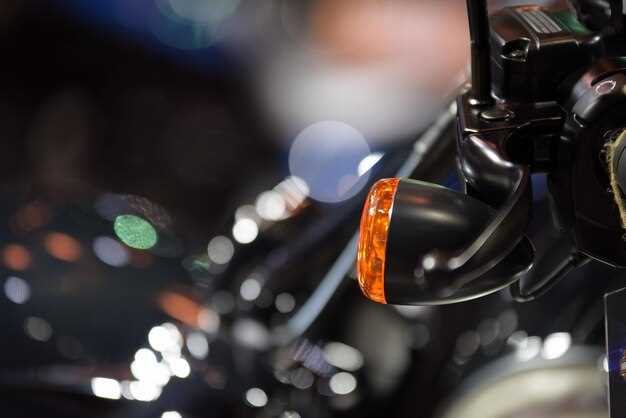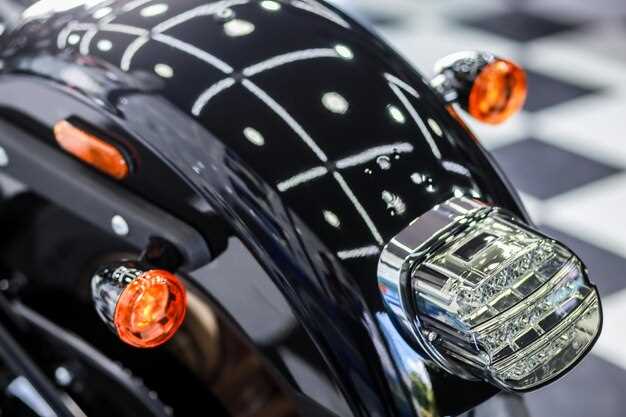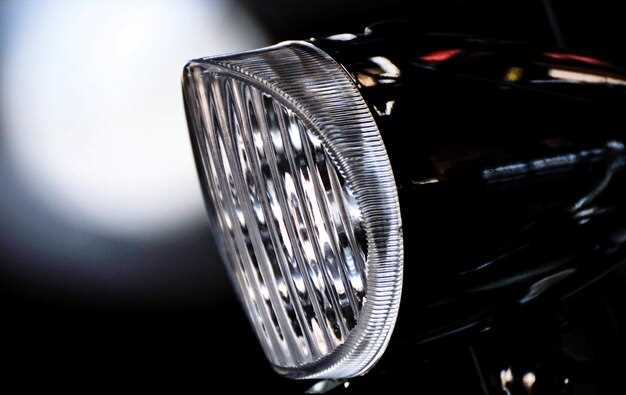
In the world of motorcycle enthusiasts, upgrades play a crucial role in enhancing both the performance and safety of your ride. One of the most important yet often overlooked aspects of motorcycle maintenance is the lighting system. Proper lighting is essential for visibility during night rides and adverse weather conditions, making it vital to invest time and resources into upgrading your motorcycle’s lighting setup.
From headlamps to turn signals, the lighting system on your motorcycle serves various functions that contribute to your overall riding experience. Upgrading these components not only improves aesthetics but also increases safety by ensuring that you are clearly visible to other road users. In this guide, we will delve into different types of lighting upgrades and highlight the benefits each offers, empowering you to make well-informed decisions for your bike.
Whether you are looking to enhance your visibility, improve your bike’s look, or simply replace outdated bulbs, this guide will provide you with the necessary insights into the latest technologies and options available in the market. Get ready to transform your motorcycle lighting system and enjoy a safer, more enjoyable riding experience.
Choosing the Right LED Headlight for Enhanced Visibility
Upgrading your motorcycle’s lighting system with LED headlights can significantly improve your visibility on the road. However, selecting the appropriate LED headlight involves several important considerations to ensure optimal performance and safety.
Brightness and Lumen Output: One of the first factors to assess is the brightness of the LED headlight, typically measured in lumens. Look for models that offer higher lumen output–alloy lights generally range from 2000 to 4000 lumens, providing excellent visibility in low-light conditions. Adequate brightness not only illuminates the road ahead but also increases your visibility to other drivers.
Beam Pattern: The beam pattern is critical for effective lighting. Choose headlights with a well-defined beam that spreads light evenly on the road. A focused beam allows you to see farther ahead, while a broader pattern enhances peripheral visibility, reducing blind spots and improving overall safety.
Color Temperature: LED headlights come in various color temperatures, typically ranging from 3000K to 6000K. A color temperature around 5000K mimics natural daylight, offering a balance between comfort and visibility. This can help reduce eye strain during night rides and make obstacles on the road easier to see.
Durability and Weather Resistance: Motorcycle lights face harsh conditions, so it’s vital to choose products made with durable materials. Look for headlights that are waterproof and vibration-resistant, ensuring they perform reliably in various weather conditions and during extended rides.
Compatibility and Installation: Ensure that the LED headlights you select are compatible with your motorcycle’s make and model. Many upgrades come with plug-and-play designs, simplifying installation. However, some might require additional modifications or wiring, so familiarize yourself with the installation process to guarantee a smooth upgrade.
In summary, choosing the right LED headlight involves evaluating brightness, beam pattern, color temperature, durability, and compatibility. These factors are essential for enhancing your visibility and safety on the road, making your riding experience more enjoyable and secure.
Installing Auxiliary Lights for Improved Night Riding Safety

Enhancing your motorcycle’s lighting system with auxiliary lights can significantly improve visibility during night rides. These additional lights not only illuminate the road ahead but also increase your visibility to other drivers. When selecting auxiliary lights, consider options such as LED, halogen, or HID lights, each offering unique benefits in terms of brightness and energy consumption.
To begin installation, first, choose a mounting location that ensures optimal light distribution without obstructing other components. Common positions include the fork tubes, crash bars, or the front fender. Use a sturdy mounting bracket that can withstand vibrations and impacts experienced during rides. Make sure the lights are positioned to avoid dazzling oncoming traffic.
Next, connect the auxiliary lights to your motorcycle’s electrical system. Most lights come with wiring kits that include necessary connectors, relays, and switches. It is essential to follow the manufacturer’s instructions carefully to avoid damaging the electrical components. If uncertain, consulting a professional mechanic can ensure a safe and effective installation.
Once installed, test the auxiliary lights to ensure they are functioning correctly. Adjust their angle to maximize illumination while minimizing glare for yourself and others. Regularly inspect the lights for any signs of damage or wear, especially after long rides or adverse weather conditions.
Incorporating auxiliary lights into your motorcycle can enhance your night riding experience, providing better visibility and safety on the road. By taking the time to install these lights properly, you can enjoy a greater sense of confidence during nighttime excursions.
Upgrading Turn Signals and Brake Lights for Better Communication on the Road

Upgrading the turn signals and brake lights on your motorcycle is essential for enhancing visibility and ensuring effective communication with other road users. Modern LED lighting technology provides brighter and more efficient options compared to traditional incandescent bulbs. These upgrades not only improve safety but also help in creating a more stylish and personalized look for your motorcycle.
Enhanced Visibility: One of the primary benefits of upgrading to LED turn signals and brake lights is their superior brightness. LED lights emit a more intense light that can be seen from a greater distance, especially in low-light conditions. This increased visibility is crucial for alerting drivers and pedestrians of your movements, thus reducing the likelihood of accidents.
Quicker Response Times: LED lights illuminate faster than traditional bulbs. This quick activation can be critical in alerting drivers behind you when you are slowing down or turning, providing them with more time to react. By upgrading to LED signals and brake lights, you can significantly enhance your motorcycle’s overall responsiveness on the road.
Durability and Longevity: Upgrading to high-quality LED lighting systems means investing in components that are designed to last. LED lights are typically more resistant to shock and vibration, making them an excellent choice for the rugged environment of motorcycling. Furthermore, their longevity reduces the frequency of replacements, saving both time and money in the long run.
Stylish Customization: Upgrades also present an opportunity for customization. Many riders choose to install unique signal and brake light designs that reflect their personal style. Options such as sequential turn signals or different color lenses add a distinct touch to your motorcycle while improving functionality.
Ease of Installation: Most modern motorcycle lighting upgrades are designed for quick and straightforward installation. Detailed guides and plug-and-play components are often available, enabling riders to complete the upgrade process without requiring extensive mechanical knowledge. This accessibility empowers more motorcyclists to enhance their lighting systems.
In conclusion, upgrading your motorcycle’s turn signals and brake lights is a beneficial investment in safety, visibility, and personalization. By opting for high-quality LED options, you can significantly improve your communication with other road users, ensuring a safer riding experience.




